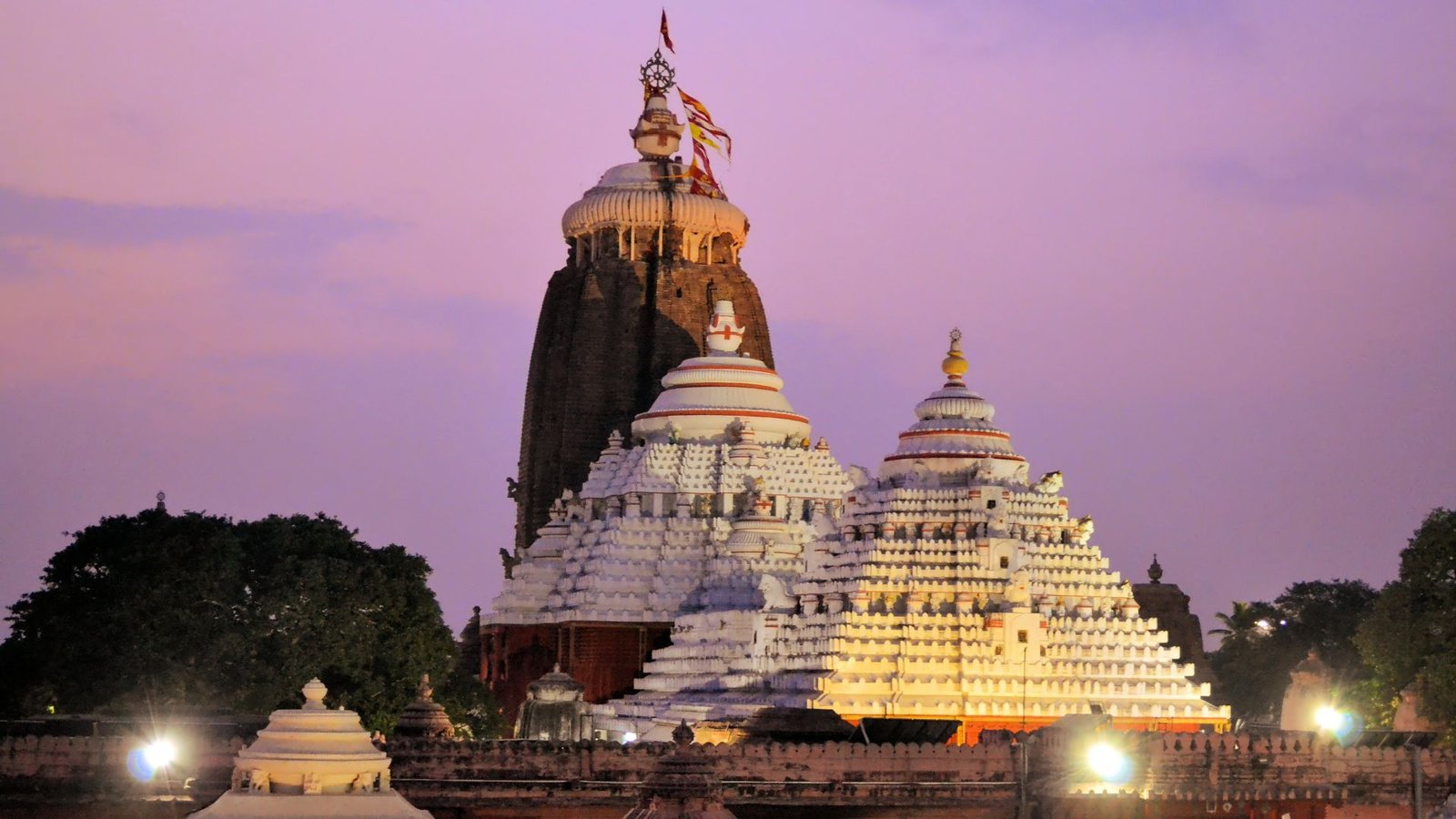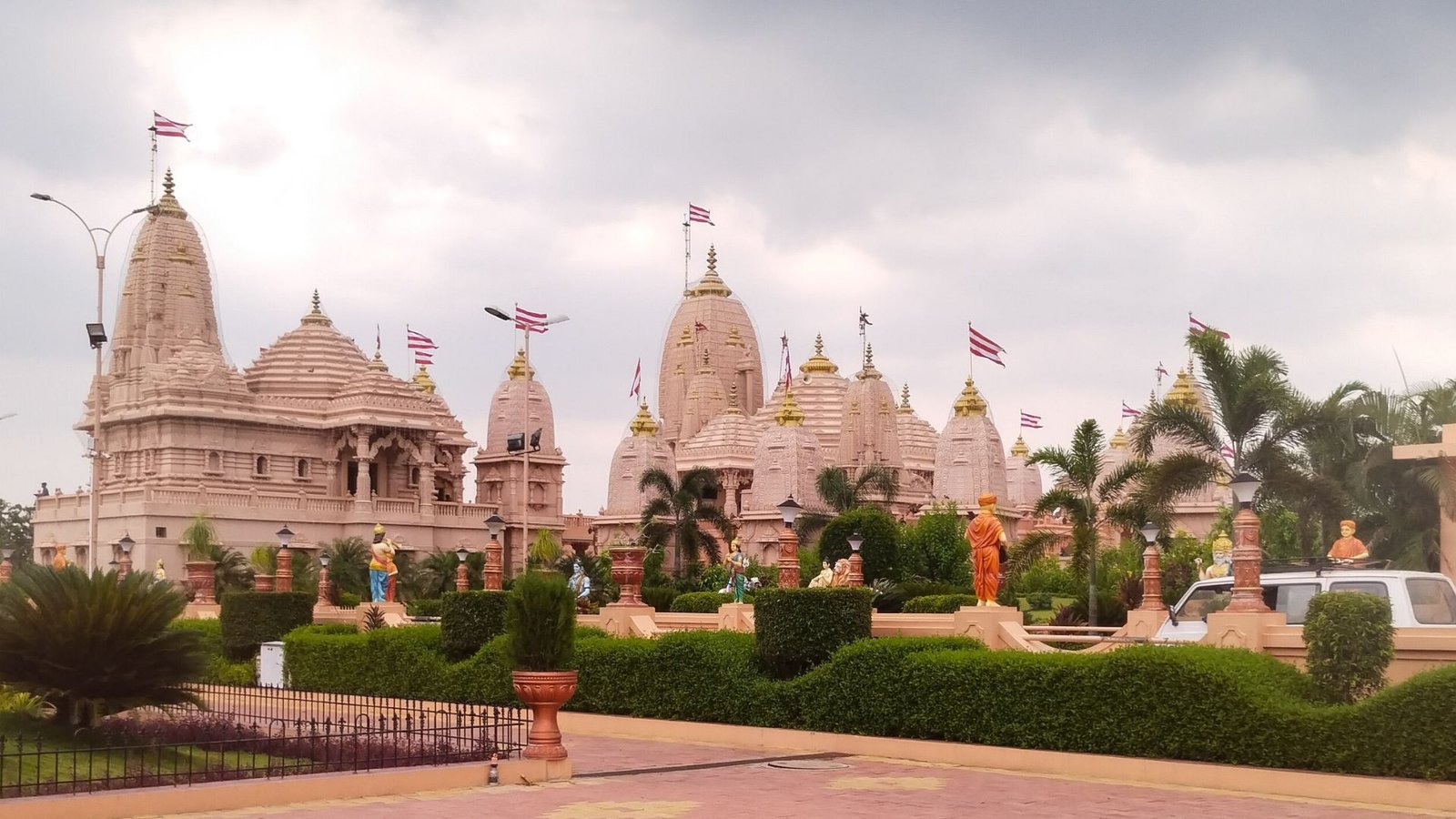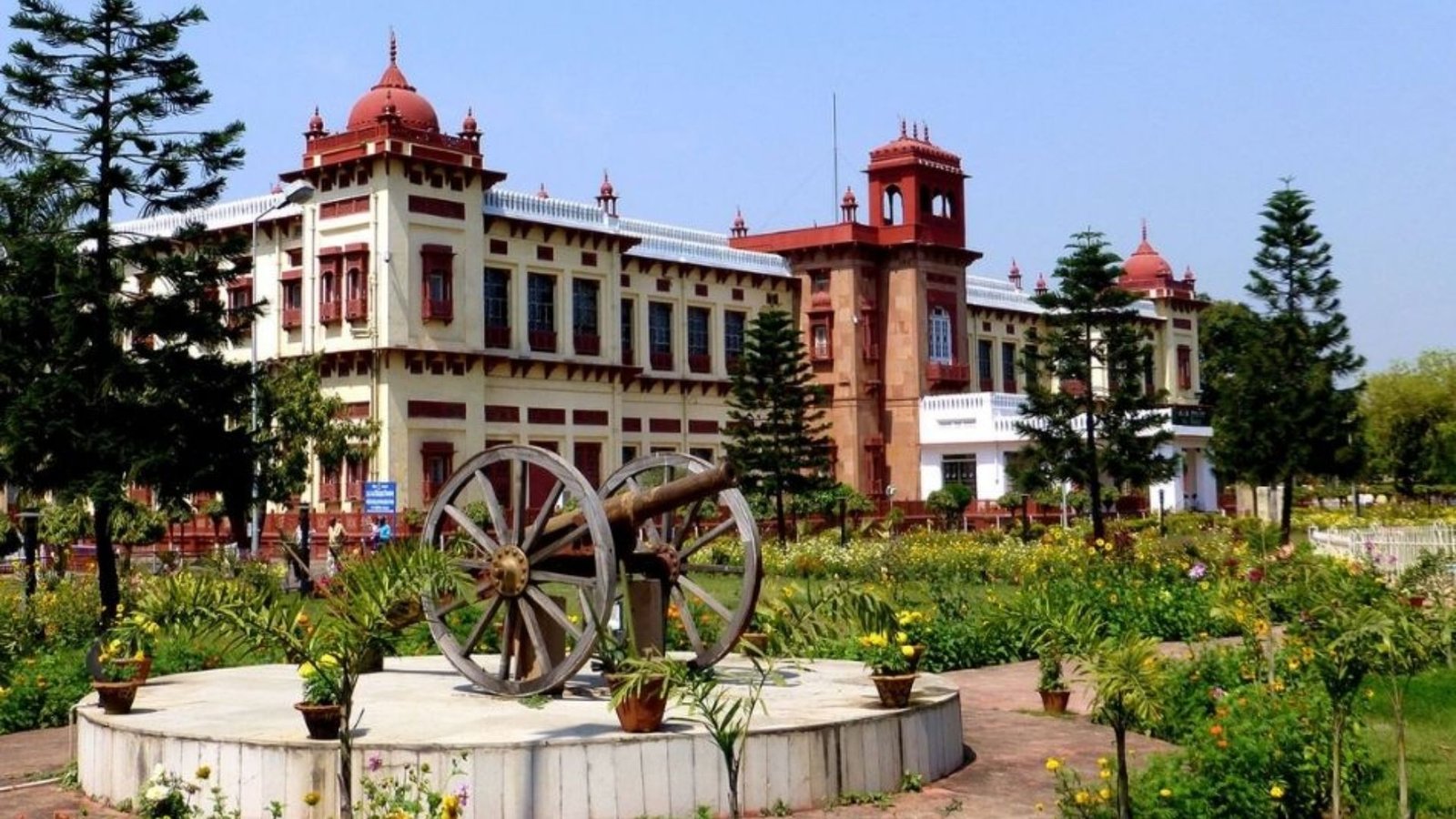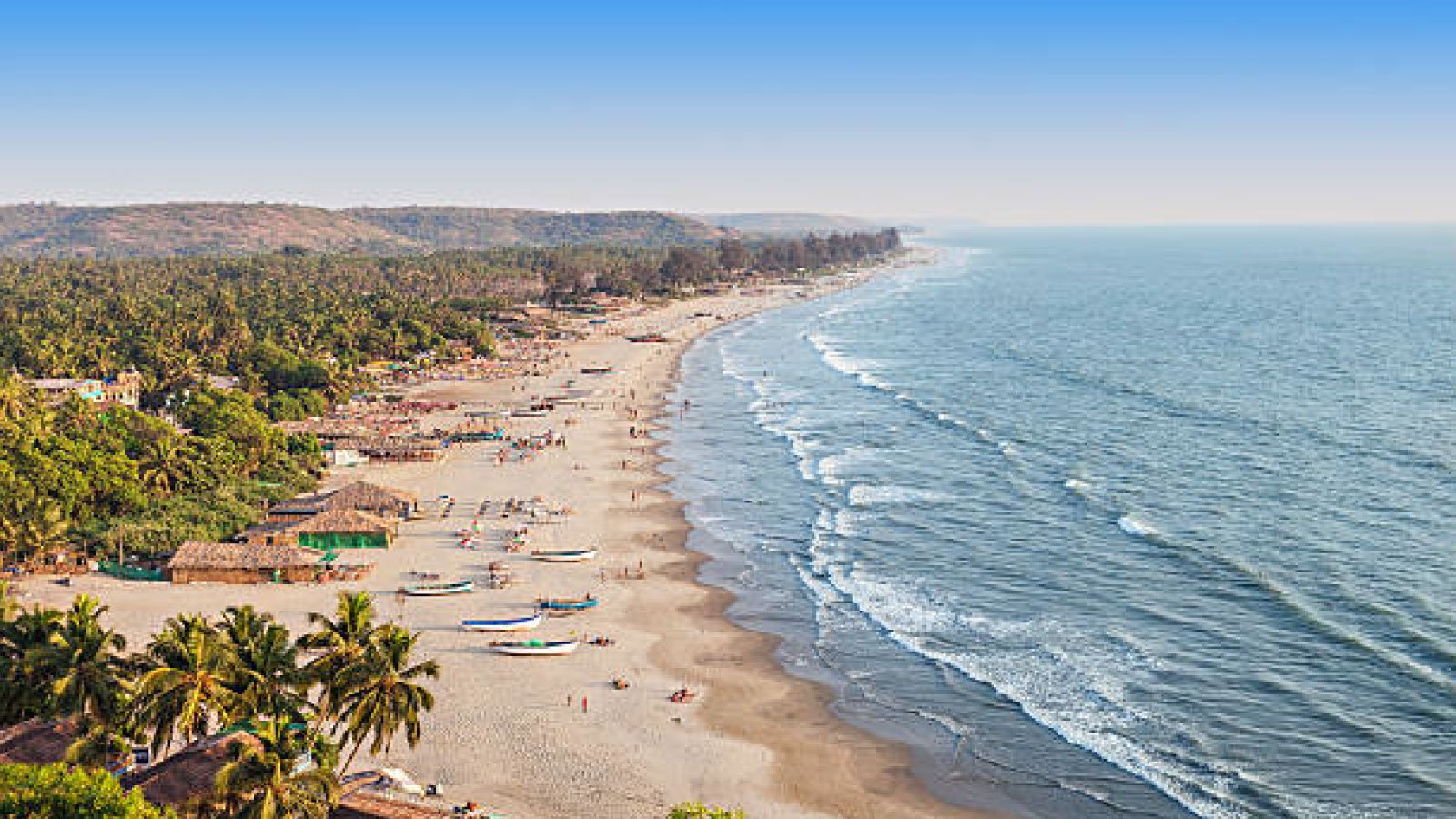In the summer of 2011, after graduation, I embarked on an incredible three-week journey across eastern India. This trip from Visakhapatnam was an exploration of spirituality and self-discovery for me as a 22-year-old. Travelling with my uncles, I visited famous pilgrimage sites and cities, such as Orissa, Bihar, Uttar Pradesh, West Bengal, Sikkim, and Andhra Pradesh. Join me as I reminisce about the awe-inspiring places I saw on this unforgettable voyage.

Puri
My first destination was Puri, a historic Hindu pilgrimage town on the eastern shores of Odisha along the Bay of Bengal. I was awestruck by the towering gates and stone walls surrounding the 12th-century Jagannath Temple, where thousands gathered amid chanting priests for darshan of the massive 45-foot wooden idols of Lord Jagannath, his brother Balabhadra and sister Subhadra. The energy in the temple was palpable as pilgrims lined up for hours just for a glimpse of the deities.
I savoured the delicious mahaprasad, the sanctified food offering given to devotees as Lord Jagannath’s blessing. Strolling Puri’s long beaches at sunrise, I watched local fishermen heading out amid playful breakers as the orange sun peeked above the horizon. I indulged in Puri’s famed street food, like piping hot pakoras and rasabali.
A first-time visit to Puri is complete without seeing the majestic 13th-century Sun Temple at Konark, known for its iconic stone chariot and intricate carvings depicting Odissi temple dancers. The 35 km journey revealed Odisha’s lush tropical landscape – coconut groves, green rice paddies and small villages. Circling the staggering Sun Temple as dusk fell, imagining the golden age when its walls echoed with rituals, was a highlight before I took the overnight train to Varanasi.
Kashi (Varanasi)
Arriving in ancient Kashi was like entering a spiritual vortex. As the train pulled into Varanasi junction, I gazed at centuries-old temples and ashrams nestled along the banks of the sacred Ganga. A sunrise boat ride on the misty morning waters revealed over 80 historic ghats and crumbling old palaces glowing in dawn’s light along the crescent-shaped riverbank.
I started at Assi Ghat in the south, with healing properties due to the bend in the river. Joining local pilgrims, I bathed on the steps leading into the river, the cool water invigorating yet peaceful. After changing into dry clothes from my small backpack, I stopped to receive tilak and prasad from priests officiating rituals under makeshift tents. The devotion on display transported me back through time.
I spent hours wandering through the narrow, winding galis of Godowlia Bazaar, which has buildings painted in vivid shades of cerulean blue. The cacophony of bicycle bells, vendors selling brilliant crimson sindoor and aromatic street food enhanced the sensory overload. I hunted for exquisite Benarasi silk saris, beaded tapestries depicting Hindu lore, and handmade paper journals as mementoes.
In the glow of the evening, I sat mesmerised as a young pandit performed glowing aarti with giant fire lamps on ceremonial Dashashwamedh Ghat. Surrounded by hundreds focused on shared worship, as bells rang and bhajans chanted over loudspeakers, I felt Varanasi’s ability to eclipse time itself for a moment.

Ayodhya
After two magical days immersed in the sacred essence of Varanasi, I boarded an early morning train to Ayodhya, the mythical birthplace of the revered deity Lord Ram. Stepping off at the small station, I took in the vista of gently sloping ghats flanking the Sarayu River, echoing scenes from the Ramayana.
As I walked the streets, I felt the intense devotion present, with locals proudly giving directions to important temples celebrating Lord Ram’s legacy. I visited the intricately carved stone shrines of Kanak Bhawan, Hanuman Garhi and Ram Janmabhoomi, where a new grand temple was being constructed at the purported site of Ram’s birth. In the evening, I sat on the Naya Ghat steps facing glittering riverfront Diwali illuminations alongside residents chanting prayers.
Before leaving for Patna, I joined scores of pilgrims gathering 25 kilometres outside Ayodhya to see the spot where Lord Ram, Sita and Lakshman are said to have crossed the sacred Ghaghara river on their 14-year exile from Ayodhya. Taking in the timeless tableau of saris laid out to dry on stone steps leading down to the wide shallow river, I could almost envision the scene from millennia ago.

Patna
Arriving in Patna, the capital of Bihar, I explored relics of the ancient city at Kumhrar Park, like the excavated ruins of palaces belonging to the mighty Mauryan Emperor Ashoka. I spent hours wandering the Patna Museum to see Mauryan-era artefacts like polished stone urns and impeccably crafted jewellery.
The dazzling Patan Devi and Mahavir Mandirs gave insight into the state’s Hindu traditions, while the glowing Takht Sri Patna Sahib Gurudwara embodied Sikh history. Strolling the vast Gandhi Maidan and climbing the majestic Golghar Granary offered sweeping views of the Ganges River. Roadside stalls selling brilliant red and green bangles, Madhubani paintings on silk and motichoor ladoo sweets revealed the authentic local culture.
Hiring a taxi, I next visited Nalanda – the ancient world-renowned university site that attracted students from China, Tibet, and Central Asia from the 5th to 12th century CE. Wandering through red brick monasteries, classrooms and stupas dotting the expansive archaeological site, I visualised monk scholars debating scripts and texts. The museum displayed astounding Buddhist tablets, copper plates, seals and idol fragments preserved for millennia, bringing history to life.
Nearby, Rajgir’s venerated Hindu and Jain temples set amid peaceful hills offered insight into why Lord Buddha chose this area for preaching after attaining enlightenment. I meditated in Venu Van, which was said to be the bamboo grove gifted to him by King Bimbisara. The valley’s lush green forests were dotted with ancient stone constructions that resonated with serenity through the ages.
Gaya, the site of the Vishnupad Mandir, was built over a footprint of Lord Vishnu stamped into stone. I offered my prayers there and in Bodhgaya, where Buddha attained enlightenment. Circumambulating the ornate Mahabodhi Temple and admiring the manicured grounds reflecting Buddhist philosophies was incredibly moving.
Exhausted after taking in Bihar’s rich history, I returned my rental taxi to Patna station. Sitting on platform 8 awaiting the evening train to Siliguri in West Bengal.














